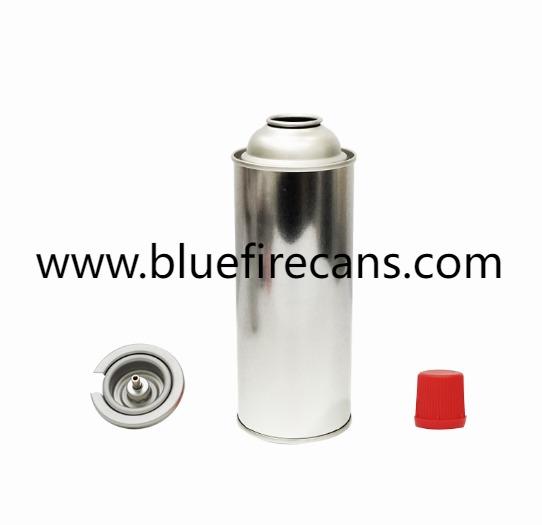Across busy gear aisles and social feeds that celebrate outdoor life, a China Camping Gas Cartridge supplier plays a vital role connecting factories to campsites and catering operations around the world. In an era when supply chain talks and safety conversations both make headlines, manufacturers that can offer a range of sizes, clear valve compatibility and documented testing help buyers keep shelves stocked and users cooking confidently.
Global demand moves quickly when seasonal travel and festival calendars shift, so a supplier that offers multiple cartridge sizes and valve types reduces the friction of sourcing for diverse markets. Offering a family of options that share common valve interfaces simplifies spare parts logistics for rental services and retailers, making it easier to support customers who bring a variety of stoves and heaters to the field.
Quality assurance underpins trust. Suppliers who run air tightness checks, drop tests and valve function verifications before shipment give procurement teams concrete reasons to accept incoming consignments without prolonged inspection delays. Batch marking and traceable inspection routines make it faster to isolate issues and take focused corrective steps when questions arise in the field. Those documented practices are practical signals for buyers who must balance safety and availability.
Production flexibility matters for both small independents and larger chains. Factories that can adapt pallet packing, offer protective sleeves and provide staged shipments ease storage pressure for retailers with limited backroom space. Secure palletisation and protective packing reduce the number of cosmetically or functionally damaged units that reach shelves, which in turn lowers returns and preserves staff time for customer service rather than product triage.
Regulatory clarity and visible compliance are part of cross border trade. Suppliers that can point to test records and note adherence to recognised valve standards simplify the procurement checklist for wholesale buyers and distributors. That documentation supports transport handling, in store display and helps retailers answer customer questions about safe storage and use. When certificates and inspection notes are available they remove uncertainty at critical handoffs.
OEM services and packaging options give retailers ways to differentiate while still relying on established supply processes. Printing and packaging choices that present clear compatibility icons and safe handling cues reduce confusion at the shelf and during unpacking. Private label options let outlets present consistent brand experiences while keeping logistics aligned with a supplier s tested production flow. Clear, legible labeling that stays intact during handling helps consumers and staff make correct choices quickly.
Logistics partners are part of the solution. Working with carriers that understand how to protect valve areas during loading and unloading keeps units saleable when they arrive. Simple alignment between supplier packing methods and carrier handling practices—such as specifying upright storage and cushioning around valve zones—cuts down on damage and the related administrative work that follows. That coordination is one reason some buyers choose suppliers in regions with strong distribution links.
Field support and user guidance lower post sale friction. When suppliers provide concise receiving checklists and plain language handling notes, seasonal staff and small retailers accept shipments faster and place cartridges on shelf with confidence. Short training materials that show quick visual inspections and cap checks reduce the number of returns from first time buyers who might otherwise misfit a cartridge or miss a protective cap during unpacking. Practical support saves time at point of sale.
Sustainability and end of life handling are increasingly important to customers and to procurement teams. Suppliers that consider packaging recyclability and who offer guidance on safe disposal or returns help retail partners present responsible options at checkout. Clear end of life instructions reduce consumer confusion and support local recycling streams, which is an increasingly visible part of shopper decision making.
Demand forecasting and collaborative planning keep disruptions small. Suppliers that share market signals and sales patterns help buyers plan assortments that match local activity and events. Those conversations reduce emergency orders and help independent retailers and event planners manage stock without oversized commitments. When supplier and buyer work together on forecasting, the supply chain becomes less reactive and more predictable.
Traceability and a responsive after sales process complete the picture. When an issue occurs, the ability to trace a shipment to a production batch and to review inspection logs lets both parties act quickly and precisely. That capability limits the scope of any targeted action and helps retailers reassure customers while corrective steps are taken. Transparent records are a practical advantage during busy seasons and when products move across borders.
Choosing a partner means assessing capability as much as capacity. Look for suppliers who present a clear range of cartridge sizes, who document functional checks and testing, and who offer practical packaging and merchandising support for stores and rental fleets. Those elements reduce headaches for buyers and help ensure that customers get consistent, safe product performance at the point of use. For product options packaging methods and supplier resources connected to camping cartridge assortments visit https://www.bluefirecans.com/ .
